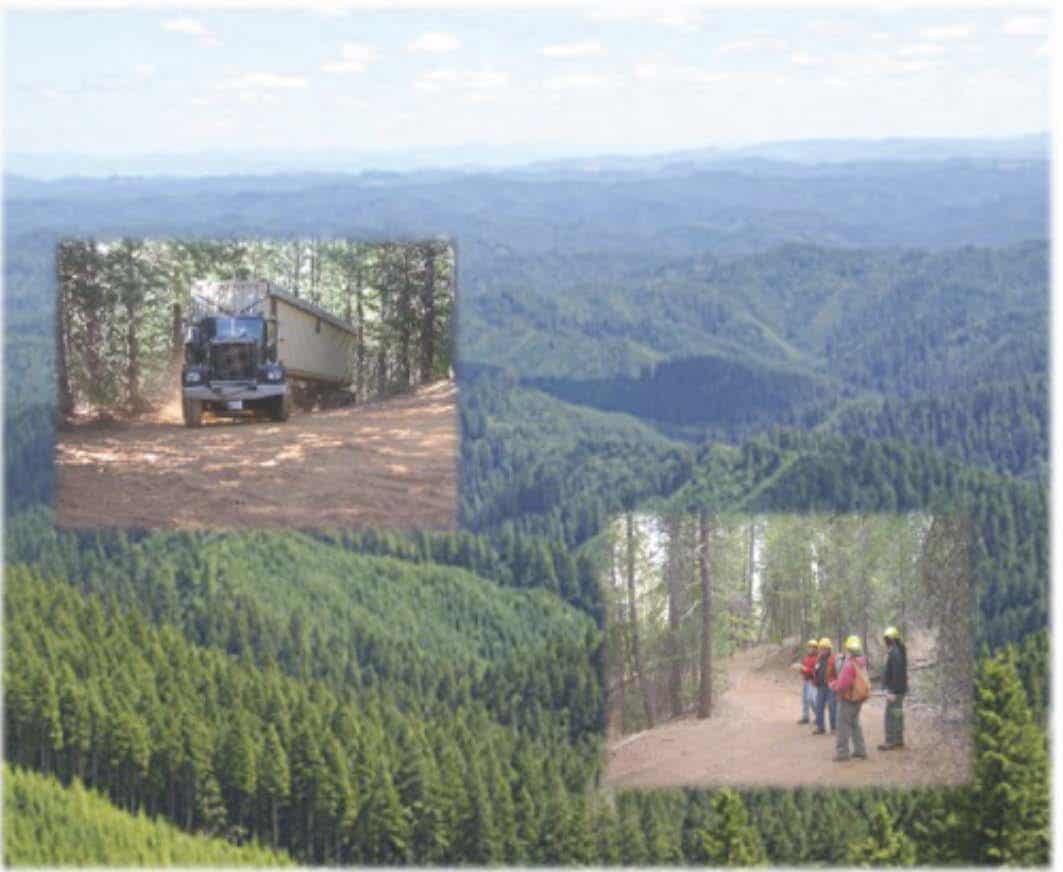Thanks to Terry Seyden for finding this.. I saw it in the Denver Post, I think, Sunday but didn’t get around to posting.
This is a serious environmental problem and perhaps “Something We Can All Agree On” as you can see, with an obvious solution. What I don’t get from this story, is “who could possibly be against it?” and “why on earth hasn’t the legislation passed?”. If anyone out there knows, please share…
Colorado mining authorities have dug through a mountainside and reopened the dark granite shaft of an abandoned mine that turned deadly – trying to find options for dealing with one of the West’s worst environmental problems.
The Pennsylvania Mine, perched above timberline, discharges an acidic orange stream moving 181 pounds per day of toxic metals into Peru Creek and the Snake River, which flow into Denver Water’s Dillon Reservoir.
The poisoning of the watershed has gone on for more than 60 years.
Yet state officials say the risk of lawsuits prevents cleanup of this mine and thousands of other abandoned mines that have impaired 1,300 miles of Colorado streams and, according to federal estimates, the headwaters of 40 percent of Western rivers.
Today’s digging reflects growing frustration. Colorado county governments recently resolved to lobby for congressional action as water quality and healthy mountain fisheries are increasingly important to the Western economy.
“The idea is to just get ourselves in there and see what the remedy might be,” said Bruce Stover, director of Colorado’s Office of Active and Inactive Mines, who was peering into the Penn Mine last week.
Orange slime – containing iron, cadmium, aluminum, mercury, zinc and lead – coats the walls of the mine 4 inches thick. The U.S. Forest Service and the Environmental Protection Agency paid for the use of heavy machinery to dig through 200 feet of collapsed mountainside to open the mine shaft.
Stover and contract workers are trying to unravel an underground spaghetti of side tunnels and fissures. If the main shaft were plugged, would toxic water back up inside the mine, where it could be neutralized? Or would the mine drain through other openings and spew toxic metals at multiple points across fragile tundra? That information could help determine how a cleanup could be done most efficiently.
But, for years, congressional leaders have refused to address the problem of legal liability at abandoned mines – despite repeated efforts by U.S. Sens. Michael Bennet and Mark Udall, both Colorado Democrats.
The EPA’s current interpretation of the Clean Water Act says “good Samaritans” and state governments embarking on projects to reduce the contamination of watersheds could be held liable for costs of full-scale cleanups costing millions of dollars a year to treat toxic water forever. This has prevented partial cleanups that, while not stopping all pollution, could improve water downstream.
“What we need in Colorado and across the country is federal legislation that enables the state and other parties to take smart and affordable steps at these sites,” said Loretta Pineda, state director of reclamation, mining and safety. “Right now, under the language of the Clean Water Act, we cannot take those steps without risking enormous financial liability.”
At the Penn Mine over the past year, state inspectors measured a boggling array of toxic metals discharged into Peru Creek. They counted 186 pounds of cadmium, 4,496 pounds of copper, 21,529 pounds of manganese, 21 pounds of lead and 39,896 pounds of zinc. These metals have left Peru Creek and much of the Snake River devoid of aquatic life.
This is what one person thought the reasons were: fear of environmentalist lawsuits.. and pushback by environmentalists.. could that possibly be true? And if so, what groups, and could they possibly be influenced?
From the Telluride Watch here:
But certain provisions in the federal Clean Water Act create major stumbling blocks to such efforts. The Clean Water Act likes big, perfect fixes – like permanent water treatment pants that cost millions to build and millions more annually to operate, and which convert toxic water into potable stuff that fish can cruise around in.
So-called Good Samaritans have had to walk away from more modest mine cleanup projects for fear that if they don’t bring the discharge water all the way up to CWA standards, they may be sued by a third-party citizen or even another environmental group.
Pat Willits, the executive director of the Ridgway-based Trust for Land Restoration, which helps communities deal with a myriad of issues related to abandoned mining, explains the liability problem like this: “Good Samaritans are spooked by the ‘citizen suit’ provision of the Clean Water Act, which says that if someone suspects a violation of the Clean Water Act, a citizen may begin a legal action and if successful, the defending party will have to pay all of the legal expenses of the citizen’s group. If they are unsuccessful, the defendant does not have recourse to countersue.”[…]
Two decades’ worth of efforts to shield would-be Good Samaritans legislatively by creating a new provision in the Clean Water Act (including, most recently, U.S. Senator Mark Udall’s Good Samaritan Cleanup of Abandoned Hardrock Mines Act of 2009), have floundered in Congress, due to fears from environmentalists about opening up the Clean Water Act, even for such benign and altruistic purposes as protecting Good Samaritans…
Additional note: the GMUG National Forest was recognized for its leadership in the Abandoned Mines program at the 2012 Regional Forester’s Honor Awards.
Here’s the write-up.
For demonstrated sustained superior eff ort or action.
GMUG Abandoned Mines Lands Program
Over the last fi ve years the Grand Mesa, Uncompahgre and Gunnison National Forests (GMUG) have successfully obtained funding for Environmental Compliance and Protection (ECAP) and Abandoned Mine
Lands (AML) Programs. The Forest is recognized as highly effective, knowledgeable and accomplished
in project work and has leveraged funding through partnerships and potentially responsible parties to
have a implemented a 5-year mine reclamation/restoration program of over $8.4 million dollars. As a
program leader in the Region, these accomplishments and the expertise aff orded on the Forest are worthy of Regional Forester special recognition.
Here’s the link to the Regional Forester Honor Awards. If you run into folks from the GMUG, you might want to say “thank you” or “we heard about the great work you’re doing.”







